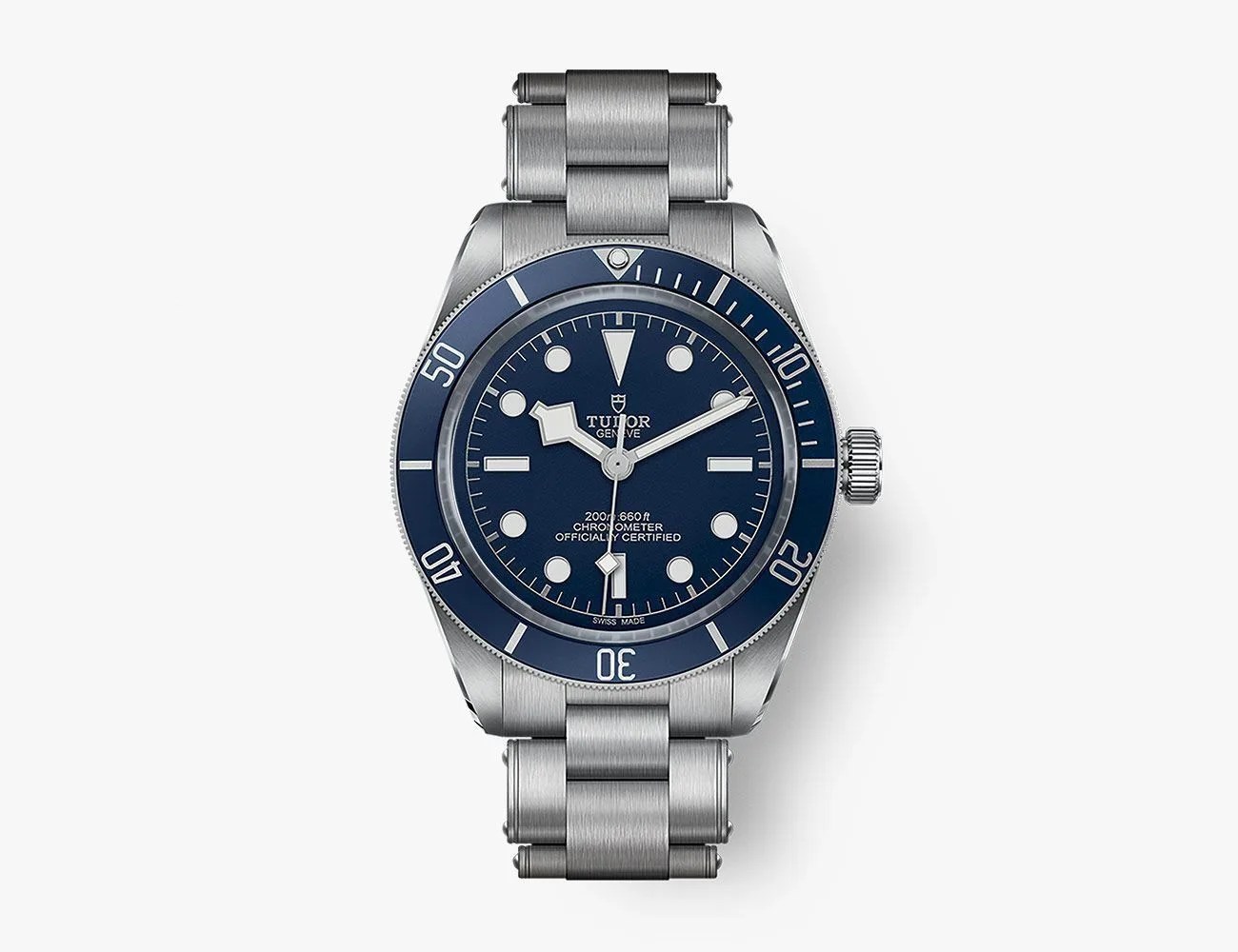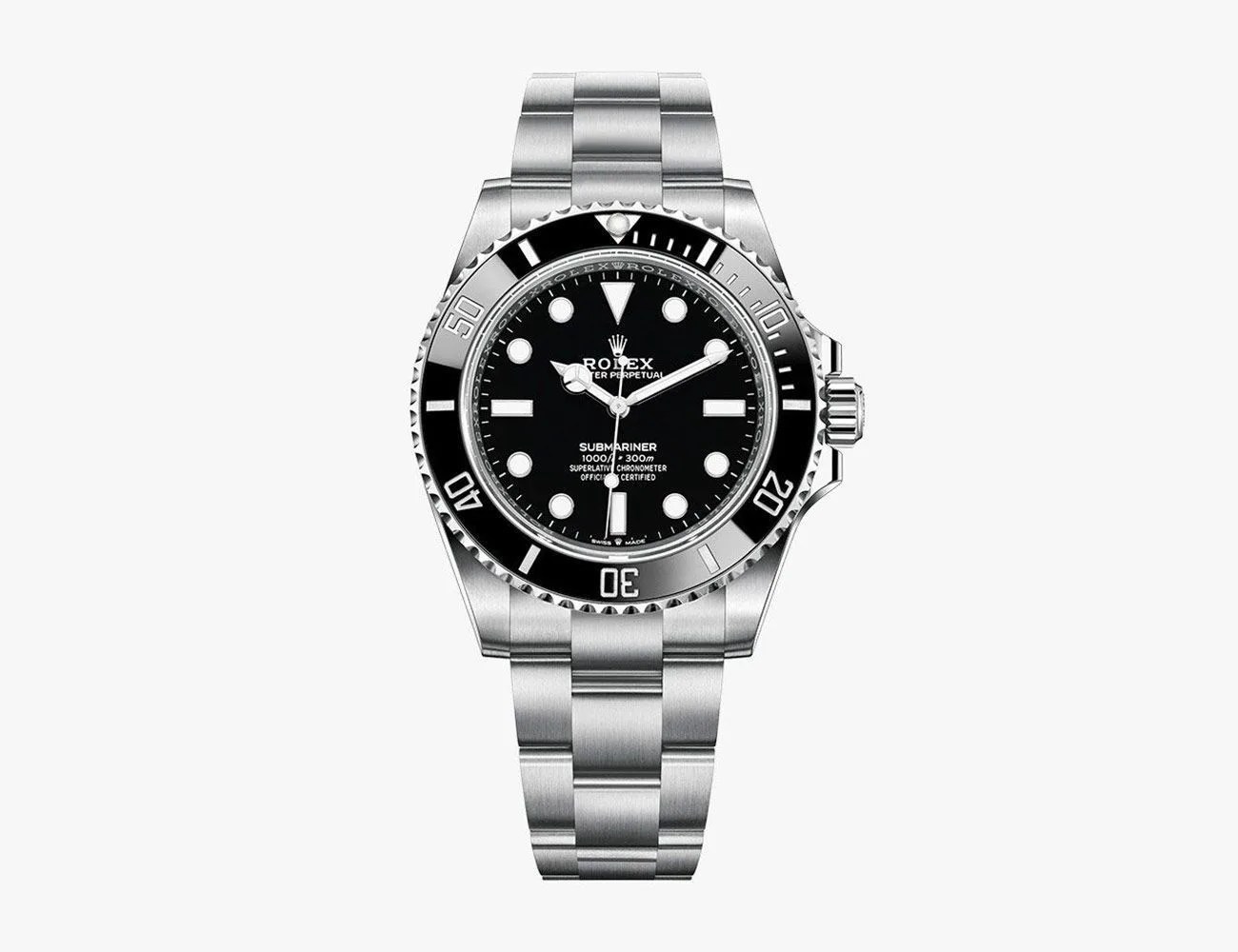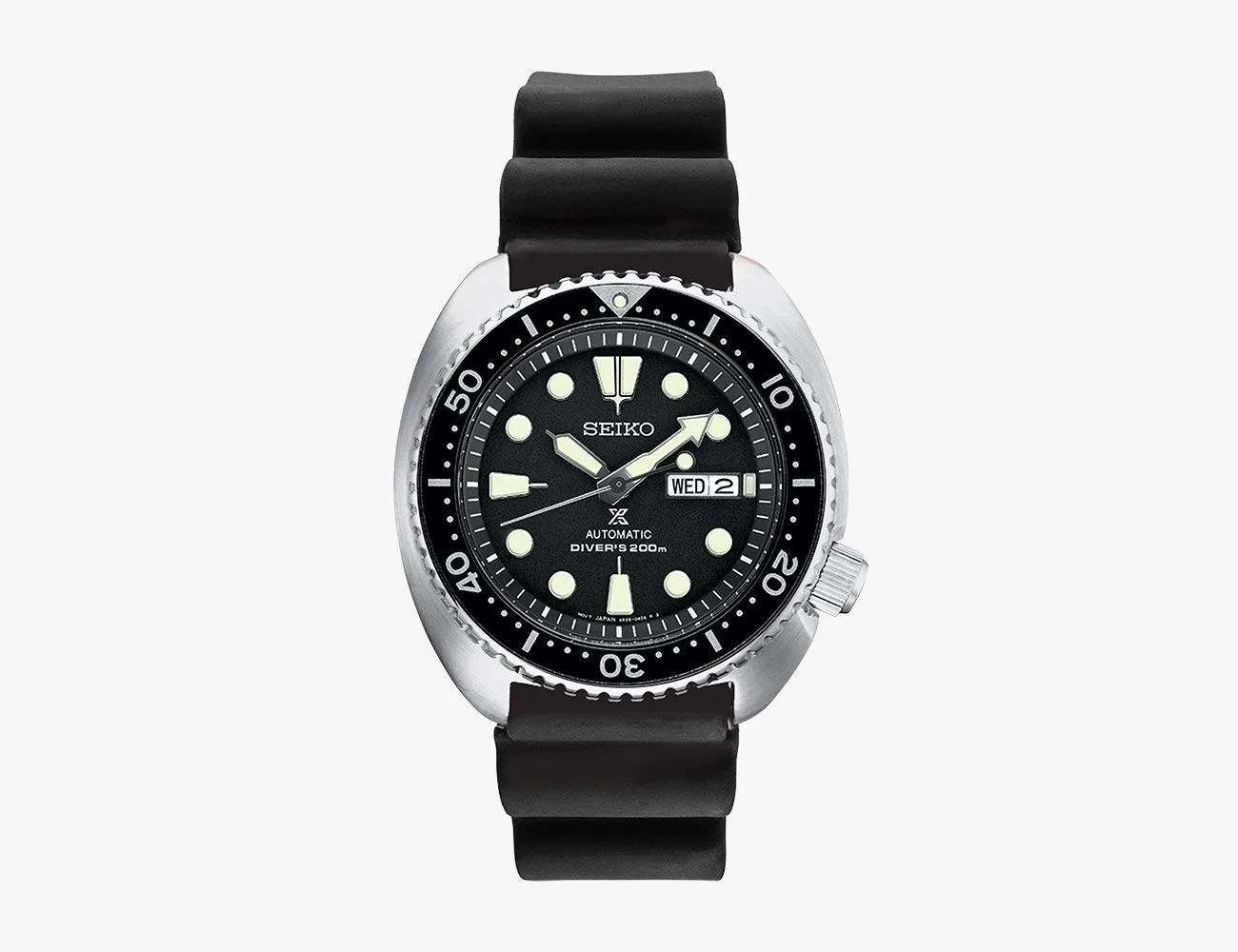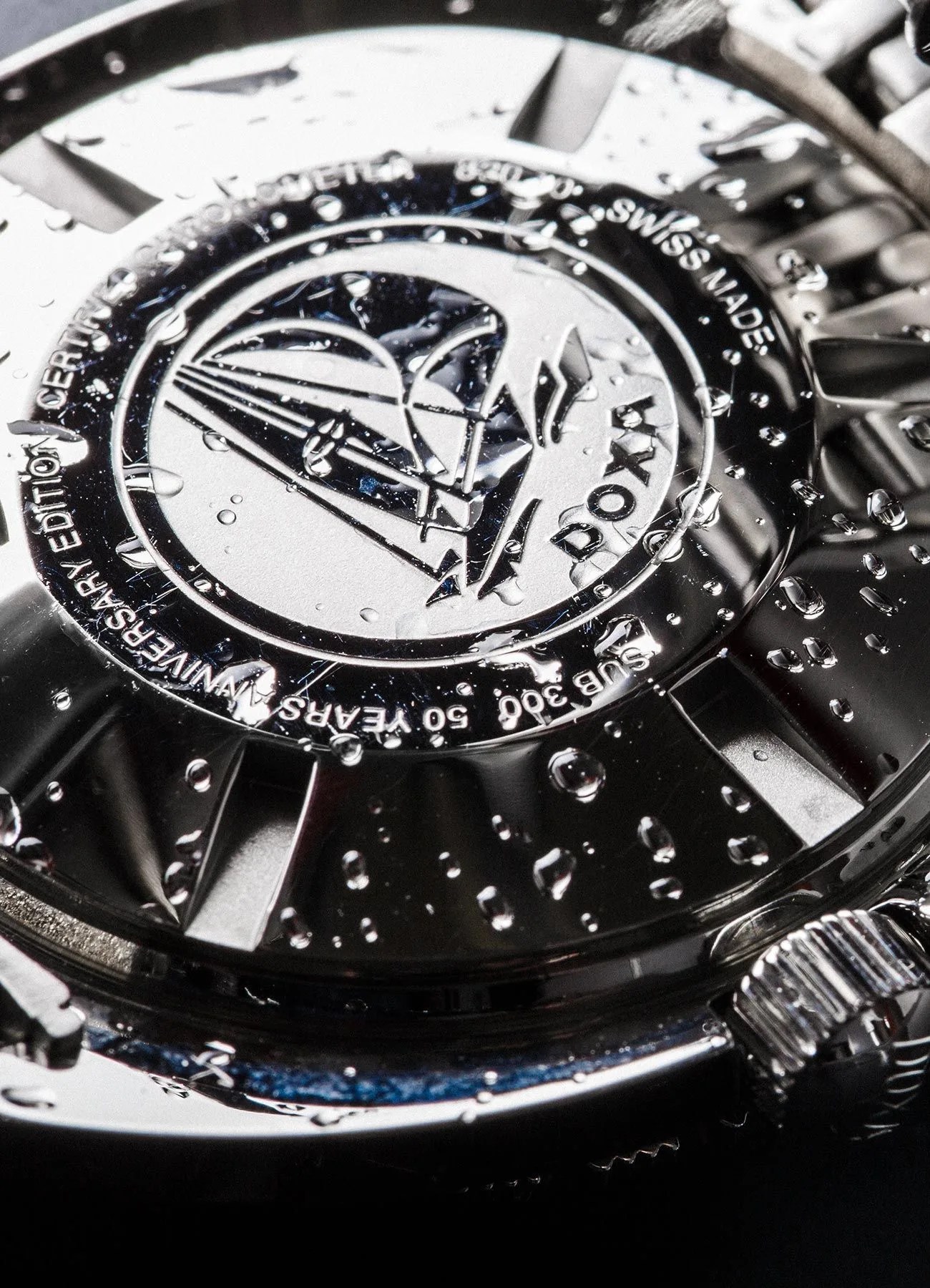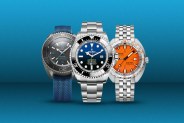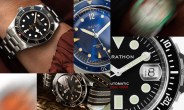Amongst the many features and specs touted by watchmakers, one of the most prominent is water resistance. And it’s always fun seeking opportunities to put those numbers to the test, even if you aren’t a certified diver. Surely a watch with, say, a 30-meter water resistance should handle a dip in the pool or at the beach swimmingly; after all, 30 meters below the water’s surface is pretty damn deep, and you’re not likely to be diving down there.
The problem is that your 30-meter water-resistant watch might not actually be able to handle 30-meter depths. In fact, most watch manufacturers don’t want you to submerge that 30-meter watch at all. In the world of water-resistant watches, depth ratings can’t always be taken literally.
Today, standards for water-resistance ratings are stipulated by the International Organization for Standardization (ISO), which has two separate standards regarding the underwater performance of watches: ISO 6425 — specific to dive watches — and, as of 2010, ISO 22810 for everything else. ISO 6425 is well-known in the watch world, and includes specific parameters for how water-resistant a dive watch needs to be before it can be considered a “diver”(100 meters at the very least ), specific criteria for testing pressure resistance, a condensation test that follows pressure testing, immersion and temperature shock testing, and more. While most of these can be performed on just a sampling of the total production run, every watch meeting ISO 6425 needs to be pressure-tested.
Some Great Dive Watches to Buy
The result is a watch that can be realistically worn at incredible depths, and in some cases, divers have been shown to surpass their ratings. For example, in 2014, Seiko strapped two 1,000-meter dive watches — one quartz, one mechanical — to an ROV. The quartz diver continued to function to 3,248 meters, while the mechanical lasted until 4,299 meters.
ISO 22810 is a bit different, and the differences between an honest-to-god dive watch and one merely billed as water-resistant are staggering. The standard doesn’t specify an exact depth rating for watches; rather it sets forth criteria for testing them for water-resistance. The idea is to clear up any ambiguity about what you can and can’t do with a watch in water and create a standard procedure for water-resistance testing. But a significant level of discretion in testing is still left up to the manufacturer.

